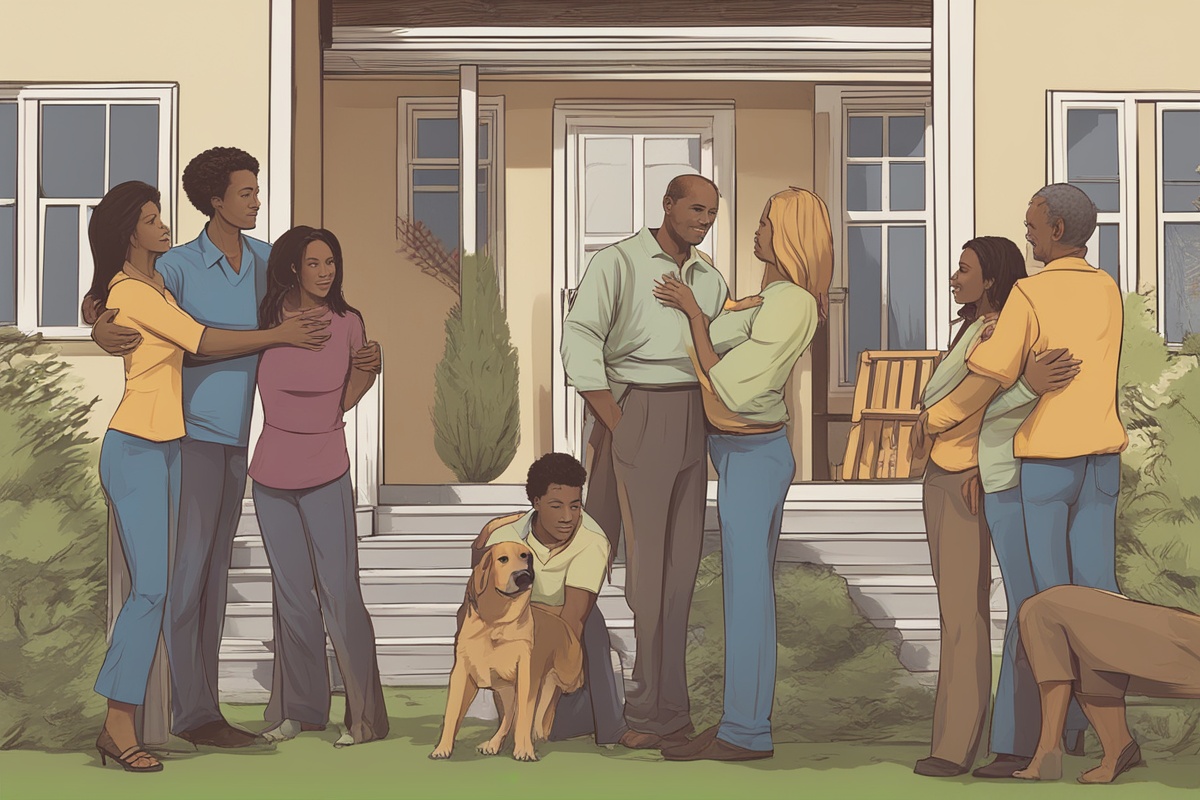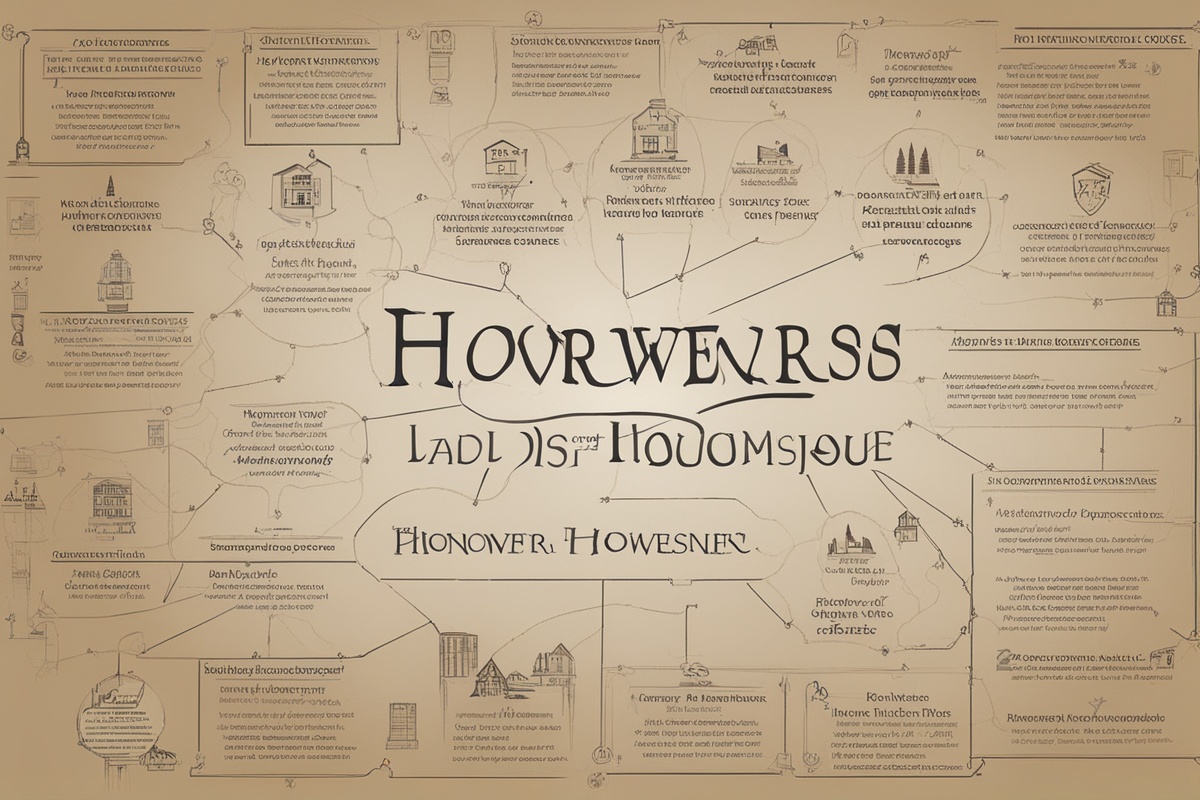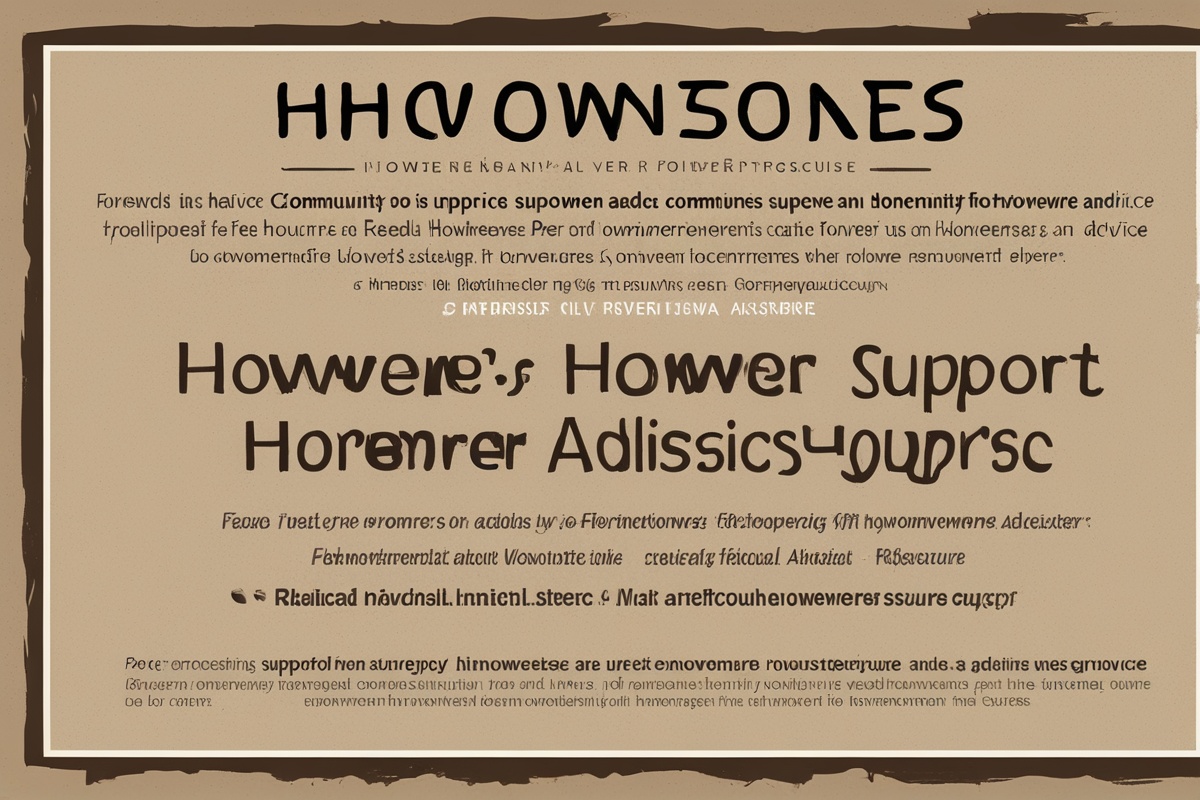Owning a home is a rewarding yet challenging journey, and being part of a homeowner community can make all the difference. Whether you’re in a neighborhood association, a condominium complex, or a planned development, fostering a strong sense of community while addressing practical concerns is key to a harmonious living environment. In this post, we’ll explore practical tips for homeowner communities to build stronger connections, manage shared responsibilities, and create a thriving, supportive space for everyone.
1. Establish Clear Communication Channels
Effective communication is the backbone of any successful homeowner community. Without clear and consistent ways to share information, misunderstandings can arise, leading to frustration or conflict. One of the most practical tips for homeowner communities is to establish reliable communication channels that everyone can access. This could include a dedicated email list, a community app, or even a private social media group where updates, announcements, and concerns can be shared in real time.
Additionally, consider hosting regular meetings—whether virtual or in-person—to discuss community matters. Transparency is crucial, so ensure that meeting minutes or summaries are shared with all members. For tools to streamline communication, check out our guide on essential tools for homeowner associations. By prioritizing open dialogue, you can prevent small issues from escalating and keep everyone on the same page.
2. Create and Enforce Fair Rules and Guidelines
Every homeowner community needs a set of rules to maintain order and ensure fairness. These guidelines might cover topics like noise levels, property maintenance, or the use of shared amenities. A key practical tip for homeowner communities is to involve members in the rule-making process. When residents have a say in the policies, they’re more likely to follow them.
Once rules are established, enforce them consistently but with empathy. Avoid playing favorites, as this can breed resentment. If you’re unsure where to start, refer to our post on drafting effective community rules for actionable advice. Clear, fair rules help create a predictable environment where everyone knows what to expect.
3. Organize Community Events to Build Bonds
One of the most enjoyable and practical tips for homeowner communities is to organize events that bring people together. Social gatherings like potlucks, holiday celebrations, or neighborhood clean-up days can foster a sense of belonging and encourage neighborly support. These events don’t have to be elaborate—simple meet-and-greets or game nights can work wonders in building relationships.
When planning, consider the diverse needs and interests of your community members. For instance, include activities for children if families are a significant part of your group. Strong interpersonal connections often translate into better cooperation on community issues, making events a win-win. For more ideas, explore our article on creative community event ideas.
4. Share Maintenance Responsibilities Effectively
Homeowner communities often share spaces like gardens, parking lots, or recreational facilities, which require regular upkeep. A practical tip for homeowner communities is to create a fair system for sharing maintenance responsibilities. This could mean rotating tasks among residents, hiring professional services with pooled funds, or forming volunteer committees to oversee specific areas.
Transparency in budgeting for maintenance is also critical. Keep detailed records of expenses and share them with the community to avoid mistrust. If you’re looking for ways to manage shared spaces, our guide on managing shared community spaces offers valuable insights. By dividing tasks equitably, you can prevent burnout and ensure that communal areas remain in top shape.
5. Address Conflicts with a Problem-Solving Mindset
Disputes are inevitable in any group setting, but how they’re handled can make or break a community. A vital practical tip for homeowner communities is to approach conflicts with a problem-solving mindset rather than a confrontational one. Encourage mediation over arguments, and consider appointing a neutral party or committee to help resolve disputes if needed.
Documenting complaints and resolutions can also prevent recurring issues and provide a reference for future conflicts. For more strategies on maintaining harmony, read our detailed post on conflict resolution in homeowner groups. By prioritizing fairness and understanding, you can turn disagreements into opportunities for growth.
6. Leverage Technology for Efficiency
In today’s digital age, technology can be a game-changer for homeowner communities. From online payment systems for dues to apps that track maintenance requests, tech solutions can save time and reduce errors. One of the most practical tips for homeowner communities is to adopt user-friendly tools that simplify administrative tasks and improve accessibility for all members, including those who may not be tech-savvy.
For example, platforms like Nextdoor or HOA management software can centralize communication and record-keeping. Be sure to provide tutorials or support for less tech-savvy residents to ensure inclusivity. Embracing technology can streamline operations and free up time for community-building activities.
Disclaimer: The information provided in this post is for general informational purposes only and should not be considered legal, financial, or professional advice. Always consult with qualified professionals or relevant authorities regarding specific homeowner community issues or decisions. The authors and publishers are not responsible for any actions taken based on the content of this article.
References
- HOA UK: How to Run a Residents’ Association
- Community Associations Institute: Homeowner Leader Resources
- Nolo: Homeowners’ Association Basics
- Forbes: Understanding Homeowners Associations
- Consumer Reports: How to Make the Most of Your HOA
This content is for informational purposes only and not a substitute for professional advice.





